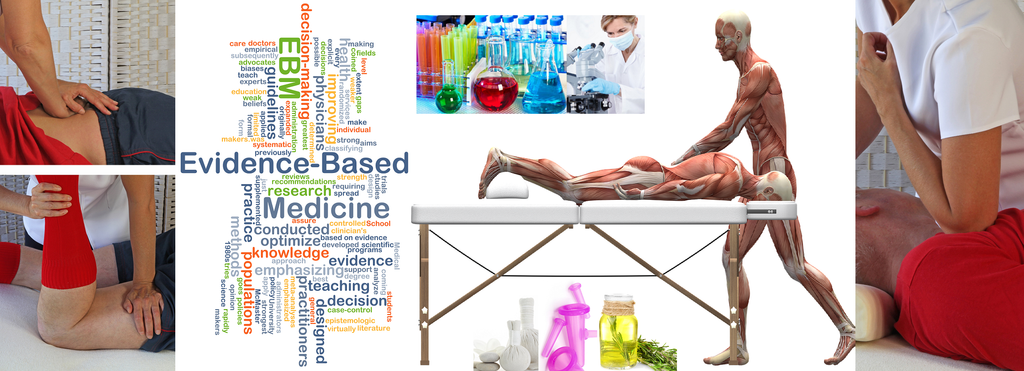A message from CE Institute LLC founder: Selena Belisle,
CE Institute LLC is committed to providing quality affordable education. We often cut "right to the chase", by teaching relevant material that goes direct to complementary healthcare manual medicine. We try to avoid the traps of sharing unnecessary and useless information that cannot be immediately applied, which allows us to offer shorter, more condensed training than typical, longer and more expensive seminars. Unfortunately, this no nonsense approach has attracted students who are only seeking CE credit, without any true desire to learn.
We are not interested in trying to sell class or teach students who have no desire to attend class. Our experience has been that these students are often disruptive to our operations and learning processes when they solely seek CE credit. These students pay less attention to the material being taught, but some then ask for materials to be excessively repeated which is extremely disruptive to training and can limit the amount of new material presented. They also request training to be cut short, make inexcusable requests or demands of the instructors and school, have damaged school property, been verbally abusive towards others and they complain often given they never wanted to take the training in the first place. These students are regularly discharged from our school without CE credit, but unfortunately not before they have damaged the good intention of others.
We have cherished turning many students who solely showed up for CE credit into students who loved learning. This is an incredible experience that creates great pride and joy for every instructor. But for every 9 out 10 students that experience this wonderful turnaround with our education, we can no longer tolerate the 1 in every 10 students who did not want to learn, given their inevitable disruption that often ensues.
.
We are committed to providing quality education for those who truly want to learn, and as such, we only wish for students who seek CONTINUNG EDUCATION to register for our training. CE is abbreviated for Continuing Education. Of course, we're happy to provide CE credit for students who require this with any of our registered boards. However, our training is not offered solely to provide CE credit. We are NOT trying to fill classes with as many students as possible with discounted CE credit. To the contrary, while we would love our classes to be full, what's more important is that our students want to be in class so that we can all enjoy learning together. We love thought provoking questions from interested students who help us all learn. Our goal is to provide incredible training experiences with accessible and affordable prices for those who seek real, quality affordable education.
.
Please do not register at CE Institute LLC if you are solely seeking quick and easy methods to earn CE credit. While we may be able to provide this, it is not our business. And as always, if you are taking our training for CE credit, please check with your own board to ensure you will receive the credit you need PRIOR TO registering, paying for or attending our class.
.
We try to make education easy and fun, but our commitment to quality does not waver. Our goal is to give interested practitioners useful skills and information with CE training to enhance their future practice. We teach the full amount of hours and curriculum advertised. We do not cut corners and we try to set the professional precedence that all education should be.
.
Thank you for reading and we hope to enhance our educational offerings with this important statement.












